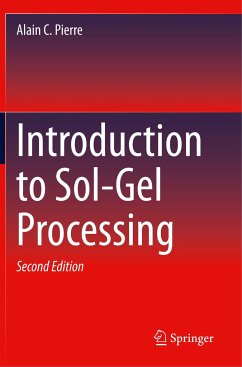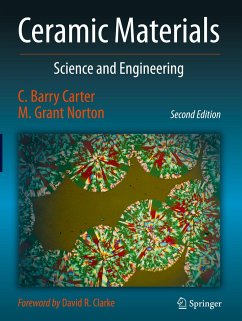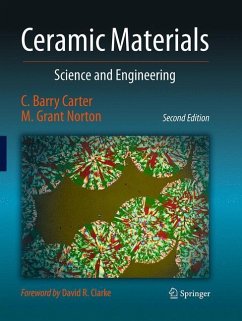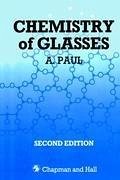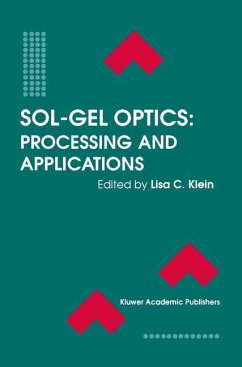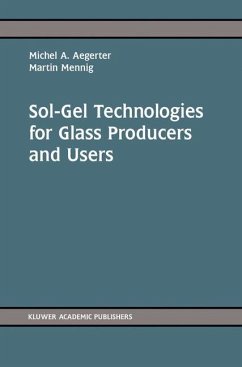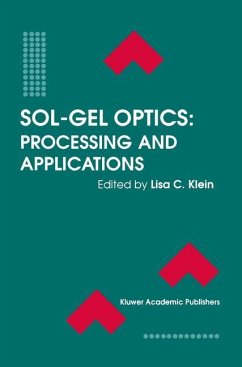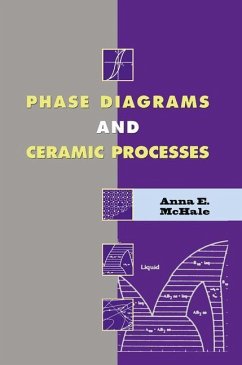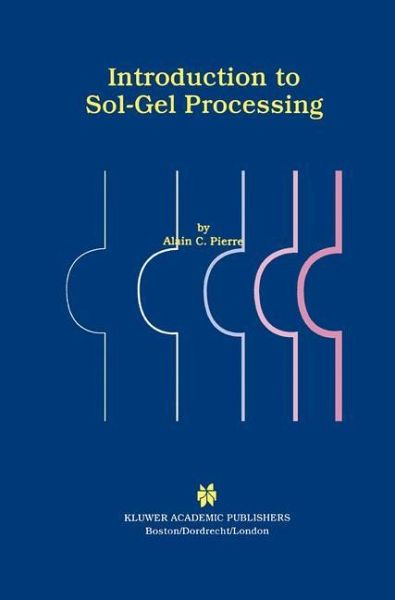
Introduction to Sol-Gel Processing
Versandkostenfrei!
Versandfertig in 1-2 Wochen
290,99 €
inkl. MwSt.
Weitere Ausgaben:

PAYBACK Punkte
145 °P sammeln!
TO SOL-GEL PROCESSING by Alain c. Pierre Universite Claude-Bemard-Lyon 1 ~. SPRINGER SCIENCE+BUSINESS MEDIA, LLC " ISBN 978-0-7923-8121-1 ISBN 978-1-4615-5659-6 (eBook) DOl 10. 1007/978-1-4615-5659-6 Library of Congress Cataloging-in-Publication Data A C. I. P. Catalogue record for this book is available from the Library of Congress. Copyright© 1998 by Springer Science+Business Media New York Originally published by Kluwer Academic Publishers in 1998 Softcover reprint of the hardcover 1st edition 1998 Second Printing 2002. All rights reserved. No part of this publication may be reproduced, st...
TO SOL-GEL PROCESSING by Alain c. Pierre Universite Claude-Bemard-Lyon 1 ~. SPRINGER SCIENCE+BUSINESS MEDIA, LLC " ISBN 978-0-7923-8121-1 ISBN 978-1-4615-5659-6 (eBook) DOl 10. 1007/978-1-4615-5659-6 Library of Congress Cataloging-in-Publication Data A C. I. P. Catalogue record for this book is available from the Library of Congress. Copyright© 1998 by Springer Science+Business Media New York Originally published by Kluwer Academic Publishers in 1998 Softcover reprint of the hardcover 1st edition 1998 Second Printing 2002. All rights reserved. No part of this publication may be reproduced, stored in a retrieval system or transmitted in any form or by any means, mechanical, photo copying, recording, or otherwise, without the prior written permission of the publisher, Springer Science+ Business Media, LLC Printed on acid-free paper. This printing is a digital duplication of the original edition. To Marie-Claude David and Valerie Kaolinite gel network. From K. Ma and A. Pierre - Unpublished photograph. TABLE OF CONTENT PREFACE ix 1 . GENERAL INTRODUCTION 1 l. l - Short history 1 1. 2 - Sols, gels and gelation 2 1. 3 - Outline of sol-gel processing 4 1. 4 - Recent developments 6 1. 5 - Advantages and limitations of sol-gel processing 6 1. 6 - Organization of the book 8 1. 7 - References 8 2 ·THE CHEMISTRY OF PRECURSORS SOLUTIONS 11 2. 1 - Introduction 11 2. 2 - Solvents 12 2. 3 - Basis of precursors transformations in solution 17 2. 4 - Metal salts solutions 24 2.





